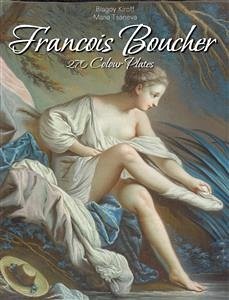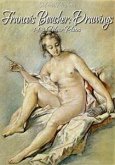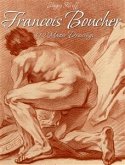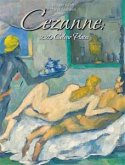François Boucher (1703 – 1770) was a French painter, a proponent of Rococo taste, known for his idyllic and voluptuous paintings on classical themes, decorative allegories representing the arts or pastoral occupations, intended as a sort of two-dimensional furniture. He was perhaps the most celebrated decorative artist of the 18th century. He also painted several portraits of his illustrious patroness, Madame de Pompadour.Along with his painting, Boucher also designed theatre costumes and sets, closely parallel his own style of painting. Tapestry design was also a concern. For the Beauvais tapestry workshops he first designed a series of "Italian festivals" in 1736, which proved to be very successful and often rewoven over the years, and then, commissioned in 1737, a suite of the story of Cupid and Psyche. During two decades' involvement with the Beauvais tapestry workshops Boucher produced designs for six series of hangings in all. Only his appointment in 1755 as director of the rival Gobelins terminated the association. He was also called upon for designs for court festivities organized by that section of the King's household called the Menus-Plaisirs du Roi and for the opera and for royal châteaux Versailles, Fontainebleau and Choisy. His designs for all of the aforementioned augmented his earlier reputation, resulting in many engravings from his work and even reproduction of his designs on porcelain and biscuit-ware at the Vincennes and Sèvres factories.
Bitte wählen Sie Ihr Anliegen aus.
Rechnungen
Retourenschein anfordern
Bestellstatus
Storno









